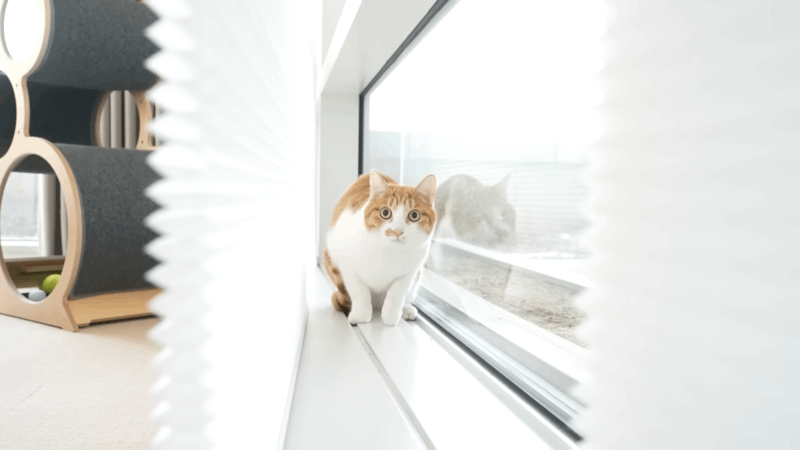No products in the cart.
How to help a cat in heat is the most common question that cat lovers often ask when it comes to their little cat lady. Cat in heat refers to the reproductive cycle experienced by female cats, also known as estrus or the heat cycle. Understanding this natural biological process is crucial for providing the necessary care and support to our feline friends during this time.
In this blog, we will discover how to help a cat in heat, the definition and explanation of a cat in heat, explore how long do cats stay in heat, the signs and behaviors exhibited, and provide tips on how to tell if a cat is in heat and calm them down. By gaining insights into the intricacies of the heat cycle and learning effective calming treatments like CBD for cats in heat.
How to Help a Cat in Heat
There are several strategies how to help a cat in heat and support during this time:
- Create a calm environment: Provide a quiet and secluded space for your cat where they can feel safe and relaxed. Minimize exposure to loud noises and disturbances that may agitate them further.
- Engage in interactive play: Play with your cat using interactive toys to redirect their energy and provide mental and physical stimulation. This can help distract them from the discomfort and restlessness associated with being in heat.
- Provide a comfortable resting area: Offer a cozy bed or blanket for your cat to relax and rest. A comfortable resting place can help them feel more at ease during the heat cycle.
- Gentle stroking and petting: Offer gentle physical contact to provide comfort and reassurance. Many cats find comfort in being stroked or petted, especially around their head and chin areas.
- Utilize pheromone products: Consider using pheromone sprays or diffusers that mimic calming scents. These products can help create a soothing atmosphere and reduce anxiety for your cat.
- Natural calming remedies: Explore natural remedies like chamomile or lavender, which can be used in the form of herbal sprays or diffusers to promote relaxation. These remedies can have a calming effect on cats and help reduce stress.
- Consult with a veterinarian: If your cat’s behavior during heat becomes overly distressing or if you have concerns, it’s always a good idea to seek professional advice from a veterinarian. They can provide specific techniques or recommend medications, if necessary, to help calm your cat.
It’s crucial to know how to help a cat in heat to ensure your pet receives the right treatments and proper care.
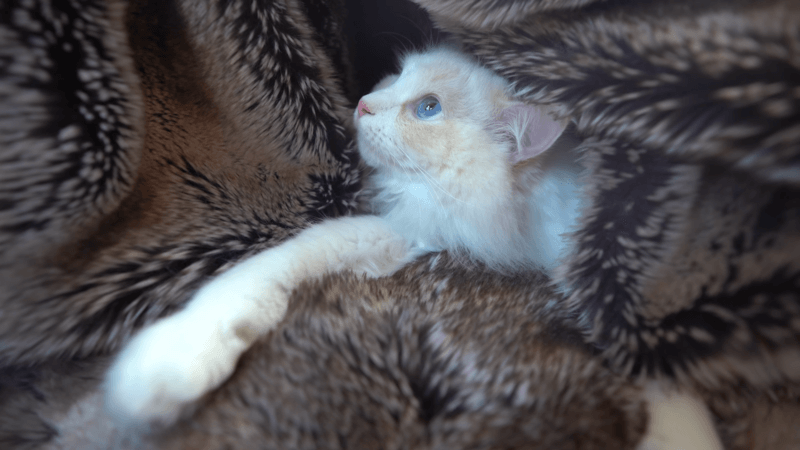
Definition of Cats’ Heat Cycle
A cat in heat refers to a female cat that is going through her reproductive cycle, also known as the heat cycle or estrus. It is a natural biological process that occurs in sexually mature female cats, typically starting around six months of age.
During the heat cycle, the cat’s body goes through hormonal changes in preparation for potential mating and reproduction. These hormonal fluctuations can lead to various physical and behavioral changes in the cat. The purpose of the heat cycle is to make the female cat receptive to male cats and increase the chances of successful mating.
Common Signs
- Increased vocalization: Cats in heat tend to vocalize more frequently and intensely, producing loud meows or yowls to attract male cats.
- Restlessness and agitation: Cats in heat may exhibit restless behavior, pacing, and excessive rolling or rubbing against furniture or people.
- Affectionate behavior: Cats in heat often become more affectionate, seeking attention and physical contact.
- Frequent urination: Cats in heat may urinate more frequently and may also exhibit spraying behavior to mark territory.
- Rolling or crouching posture: Female cats in heat assume a characteristic position where they roll on the ground or crouch low with their hindquarters raised.
- Increased grooming: Cats in heat may groom themselves excessively, paying particular attention to their genital area.
- Changes in appetite: Some cats may experience a decrease in appetite during heat.
- Seeking escape: Female cats in heat may try to escape from the house in search of a mate.
Behaviors of Cats Suffering Heat
When it comes to how to help a cat in heat, there are several signs to look out for:
- Calling or caterwauling: Female cats in heat produce loud and persistent vocalizations to attract male cats.
- Increased affection: Cats in heat may display heightened affectionate behavior, rubbing against people or objects more frequently.
- Rolling or writhing on the floor: Female cats in heat may roll on the floor or writhe to demonstrate their availability for mating.
- Seeking attention and physical contact: Cats in heat often seek attention from their owners, demanding increased affection and closeness.
- Restlessness and agitation: Cats in heat may appear more restless, pacing, or exhibiting signs of agitation.
- Increased scent marking: Female cats may engage in urine spraying to mark their territory and attract potential mates.
- Attempts to escape: Cats in heat may make attempts to escape from the house or exhibit more adventurous behavior in search of a mate.
- Increased rubbing against objects: Female cats may rub against objects or furniture to leave their scent and attract males.
How to Tell if a Cat Is in Heat
To determine if a cat is in heat, there are several signs and behaviors to look out for. Here are some common indicators that your cat may be in heat:
- Vocalization: Cats in heat tend to vocalize more frequently and intensely. They may produce loud meows, yowls, or caterwauls to attract the attention of male cats.
- Restlessness and agitation: Cats in heat often exhibit restless behavior. They may pace, exhibit signs of agitation, and display increased activity levels.
- Affectionate behavior: Female cats in heat may become more affectionate than usual. They may seek attention, rub against objects, or display an increased demand for physical contact.
- Rolling or crouching posture: When in heat, female cats assume a characteristic position where they roll on the ground or crouch low with their hindquarters raised. This posture is an indication that they are receptive to mating.
- Increased grooming: Cats in heat may groom themselves excessively, paying particular attention to their genital area. This behavior helps them clean up and prepare themselves for potential mating.
- Changes in appetite: Some cats may experience a decrease in appetite during their heat cycle. However, this can vary among individuals, and some cats may maintain their normal eating habits.
- Frequent urination and marking: Female cats in heat may urinate more frequently. Additionally, they may exhibit spraying behavior to mark their territory and attract potential mates. This behavior is more common in unspayed cats.
- Seeking escape: Female cats in heat may display a strong desire to escape from the house or enclosed areas in search of a mate. They may try to squeeze through doors or windows or become more restless near exits.
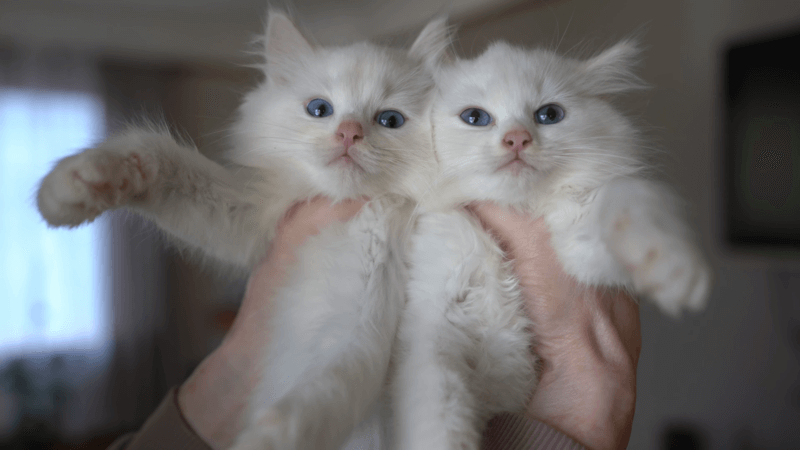
The Importance of Calming a Cat in Heat Down
Calming a cat in heat is important for cats when in comes to how to help a cat in heat calm down:
- Reducing stress and anxiety: Cats in heat can experience heightened stress and anxiety due to hormonal changes. Calming them down helps alleviate their discomfort and promote their overall well-being.
- Preventing unwanted behaviors: Cats in heat may exhibit undesirable behaviors such as excessive vocalization, restlessness, and urine spraying. Calming them down can help minimize these behaviors and maintain a peaceful household.
- Enhancing the cat’s quality of life: Providing a calm and comfortable environment helps ensure that the cat in heat feels safe and secure, leading to a better quality of life during this period.
- Promoting bonding and trust: By soothing a cat in heat, you reinforce the bond between you and the cat, fostering a trusting relationship built on care and understanding.
Natural Remedies that Can Be Used
- Valerian root: Valerian root has calming properties and can be used as a dried herb or as an ingredient in certain cat toys.
- Catnip: Catnip can have a calming effect on some cats and can be offered in the form of toys or dried leaves.
- Chamomile: Chamomile has soothing properties and can be used in the form of herbal sprays or diffusers.
- Lavender: Lavender has a calming scent and can be used in the form of essential oils (properly diluted) or herbal sprays.
- Music or white noise: Playing soft classical music or white noise can create a calming atmosphere for the cat.
- Aromatherapy: Some essential oils, such as lavender or chamomile, can be used sparingly and diluted appropriately to have a relaxing effect. Prior to utilizing any essential oils for cats, you should speak with a veterinarian.
What is CBD for Cats in Heat
CBD, short for cannabidiol, is a compound derived from the cannabis plant. It is known for its potential therapeutic properties and is used for various purposes, including in pets. CBD for cats in heat refers to the use of CBD products specifically formulated for cats experiencing the heat cycle.
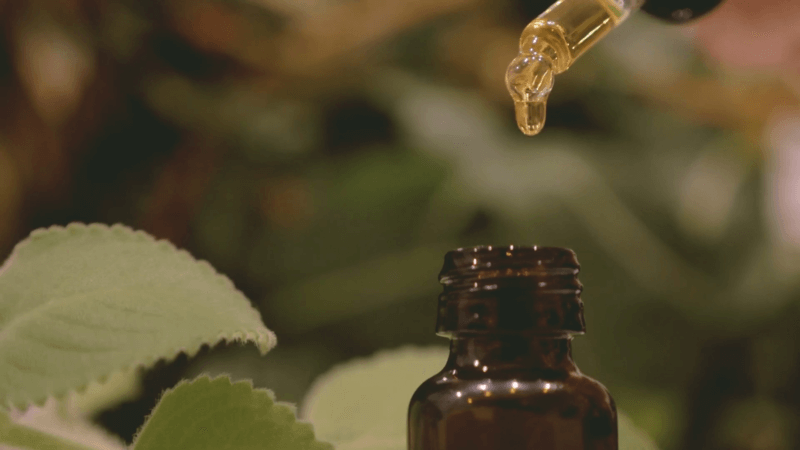
CBD Potential Benefits
- Anxiety reduction: CBD may help alleviate anxiety and stress-related behaviors exhibited by cats in heat, promoting a sense of calmness.
- Pain relief: Cats in heat may experience discomfort or pain, and CBD’s analgesic properties may provide relief from such symptoms.
- Anti-inflammatory effects: CBD’s anti-inflammatory properties may help reduce inflammation and associated discomfort during the heat cycle.
- Promotion of relaxation: CBD may help relax the cat’s muscles and promote overall relaxation during this period.
- Improvement in sleep quality: Cats in heat may experience disrupted sleep patterns, and CBD’s potential sedative properties may aid in improving sleep quality.
Safety Considerations for Using CBD for Cats
- Consult with a veterinarian: Prior to administering CBD to your cat, it is essential to consult with a veterinarian who is familiar with CBD use in pets.
- Choose high-quality CBD products: Ensure you select CBD products for cats, as they have the appropriate concentration and ingredients for feline use.
- Start with a low dosage: Begin with a low dosage of CBD and closely monitor your cat’s response. Gradually adjust the dosage as needed under veterinary guidance.
- Watch for potential side effects: Monitor your cat for any adverse reactions or side effects, such as lethargy, gastrointestinal issues, or changes in behavior. If any concerns arise, consult your veterinarian promptly.
- Avoid THC-containing products: THC (tetrahydrocannabinol) is another compound found in cannabis that can be toxic to cats. Ensure the CBD products used are free of THC or contain only trace amounts within safe limits.
How Long Do Cats Stay In Heat?
Cats typically stay in heat, or the estrus cycle, for about 7 to 10 days. However, this can vary among individual cats and may last anywhere from a few days to several weeks. It’s important to note that female cats can go through multiple heat cycles during the breeding season, which usually occurs from spring to early fall. If you have concerns about your cat’s heat cycle or want more specific information, consult with a veterinarian and ask how to help a cat in heat.
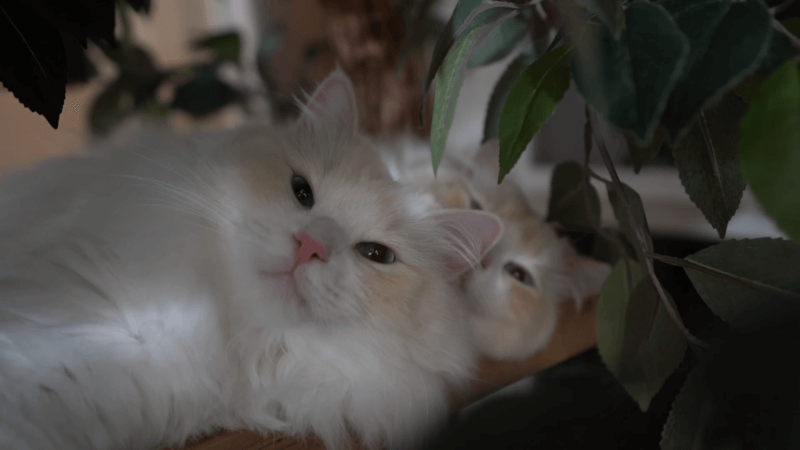
Conclusion
How to help a cat in heat is a crucial concern for cat lovers who want to support their furry companions during this challenging time. By understanding the definition and explanation of a cat in heat, recognizing the signs and behaviors exhibited, and implementing practical strategies to calm them down, you can ensure the well-being and comfort of your beloved cat. Learning how to help a cat in heat is necessary, by offering the necessary care, support, and potentially incorporating CBD, you can minimize stress, prevent unwanted behaviors, and enhance your cat’s quality of life during the heat cycle.
I am Nelson Cooper, I pursue my passion for writing and my belief is that cats love humans. I enjoy traveling and have a deep appreciation for the beauty of nature, as well as a soft spot for animals, particularly cats.



